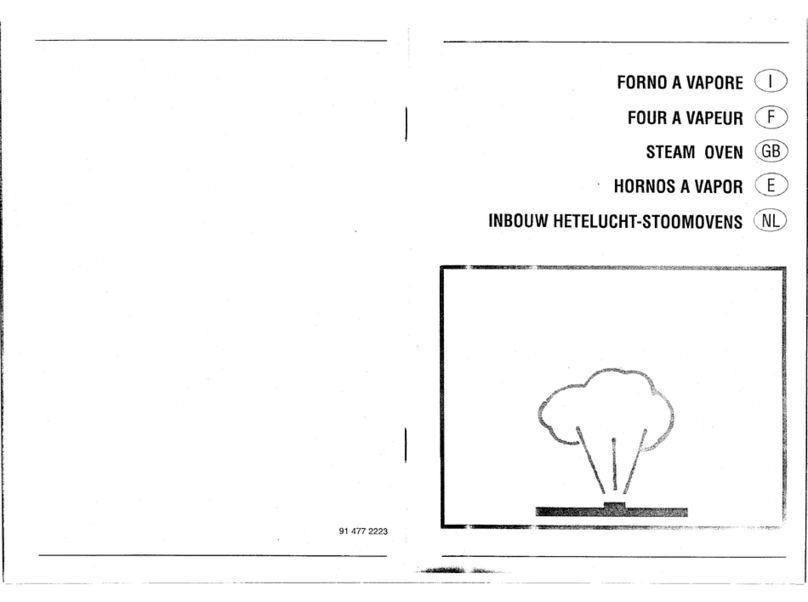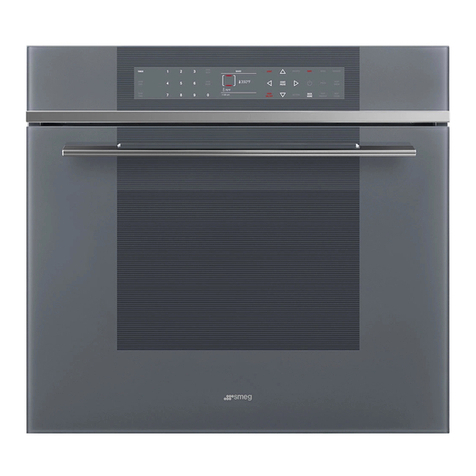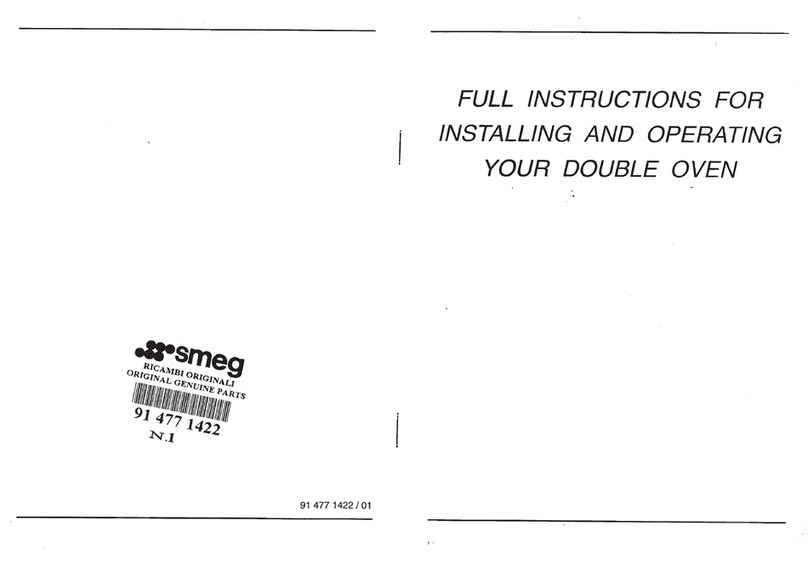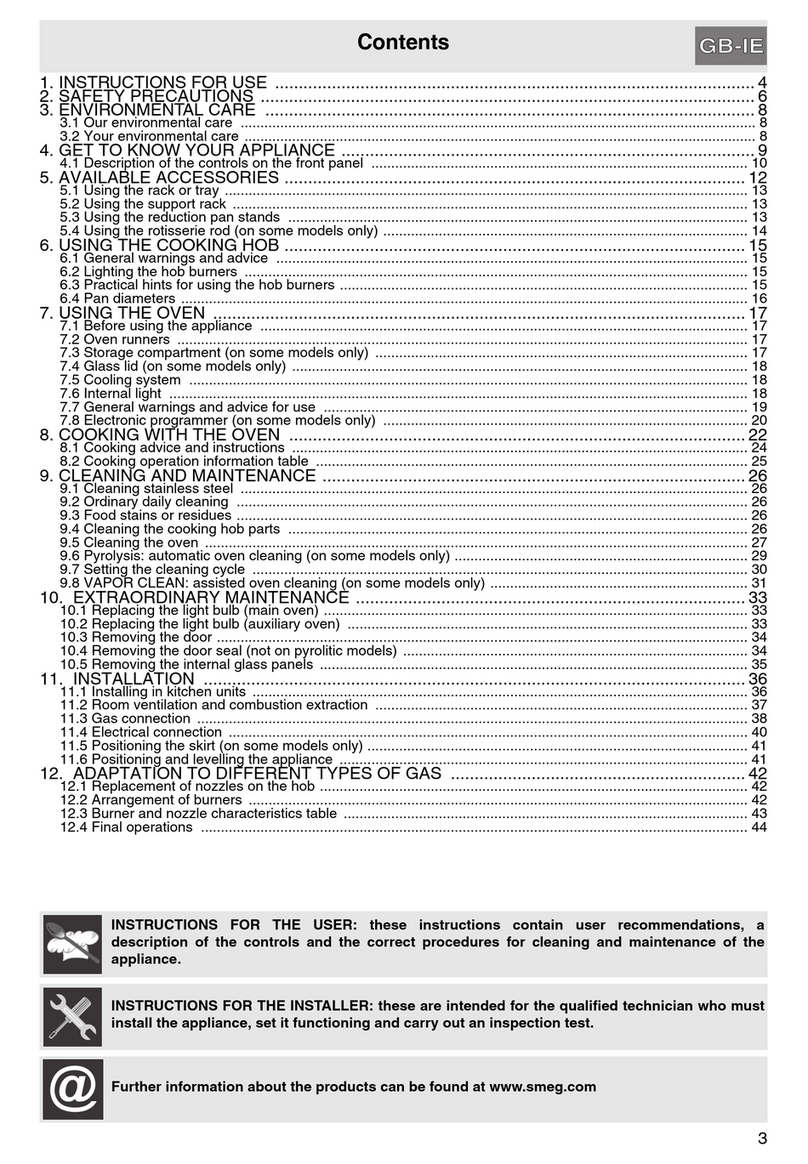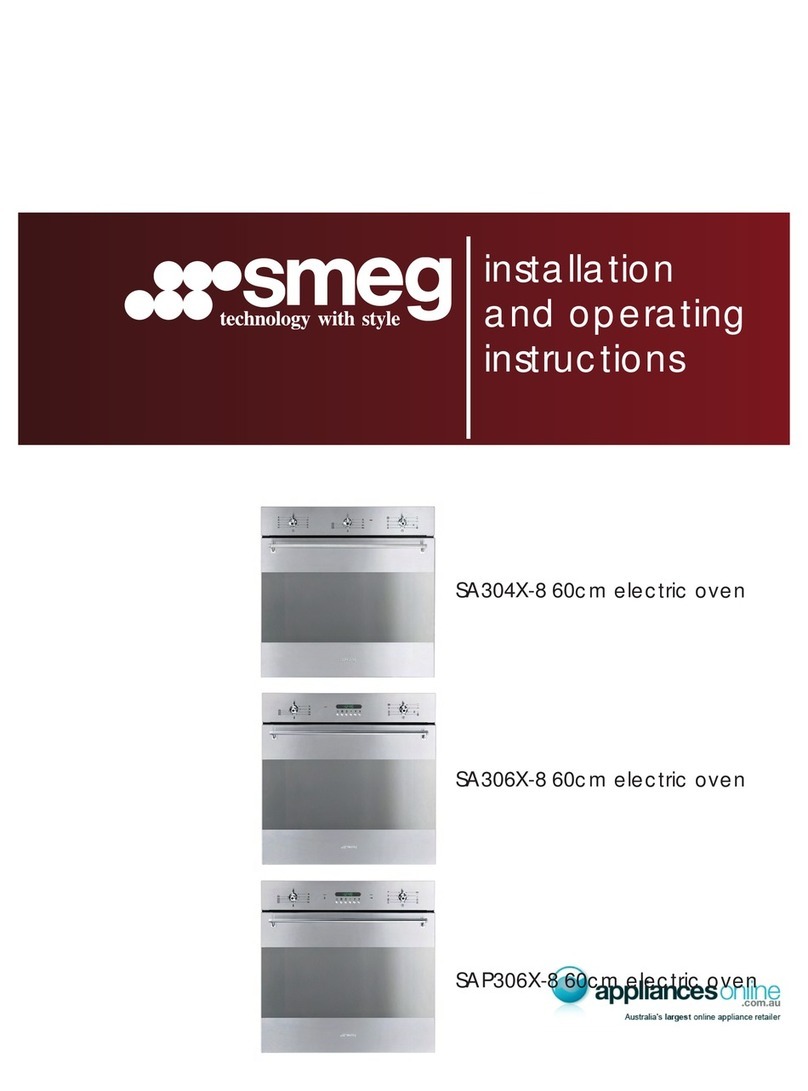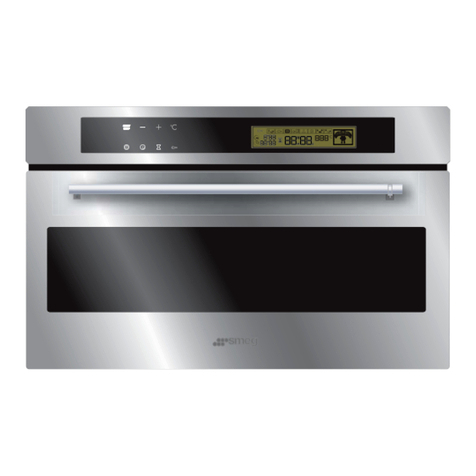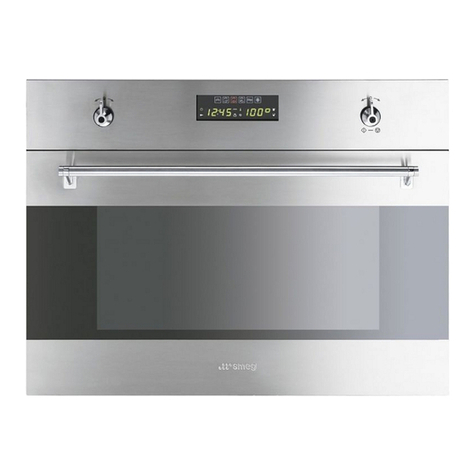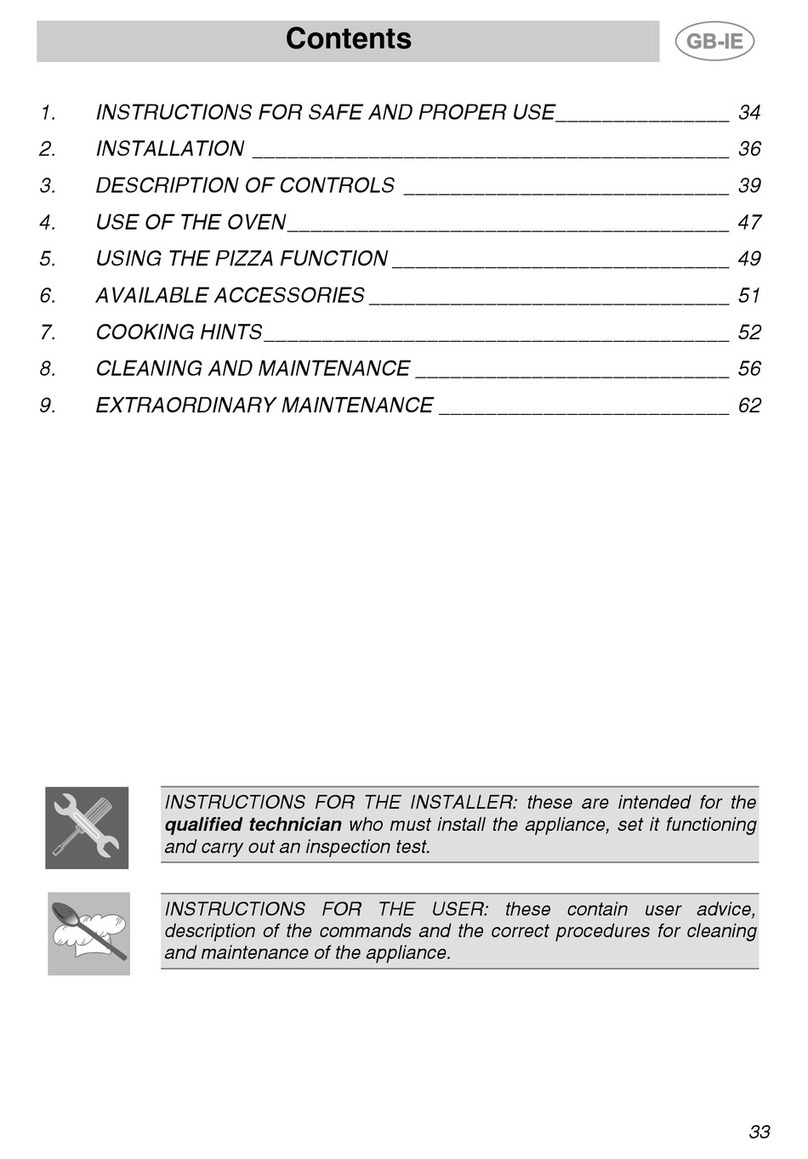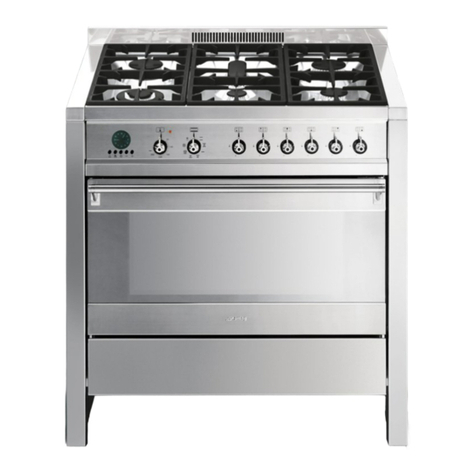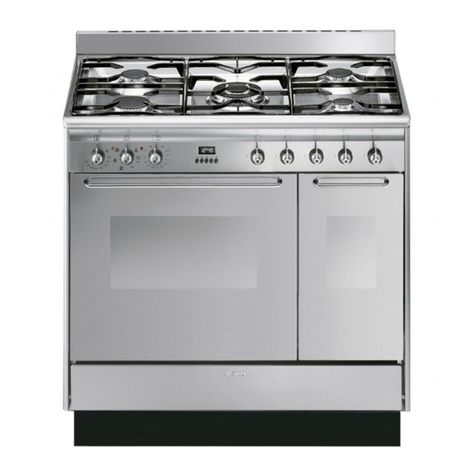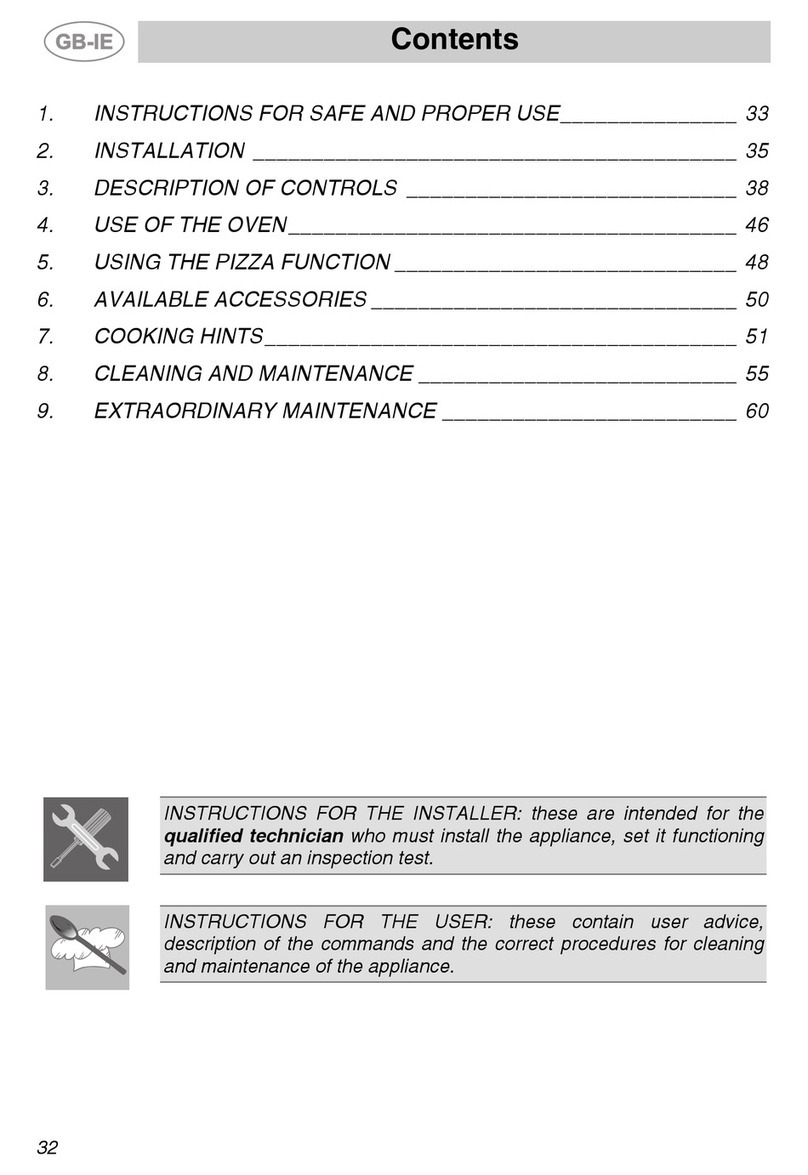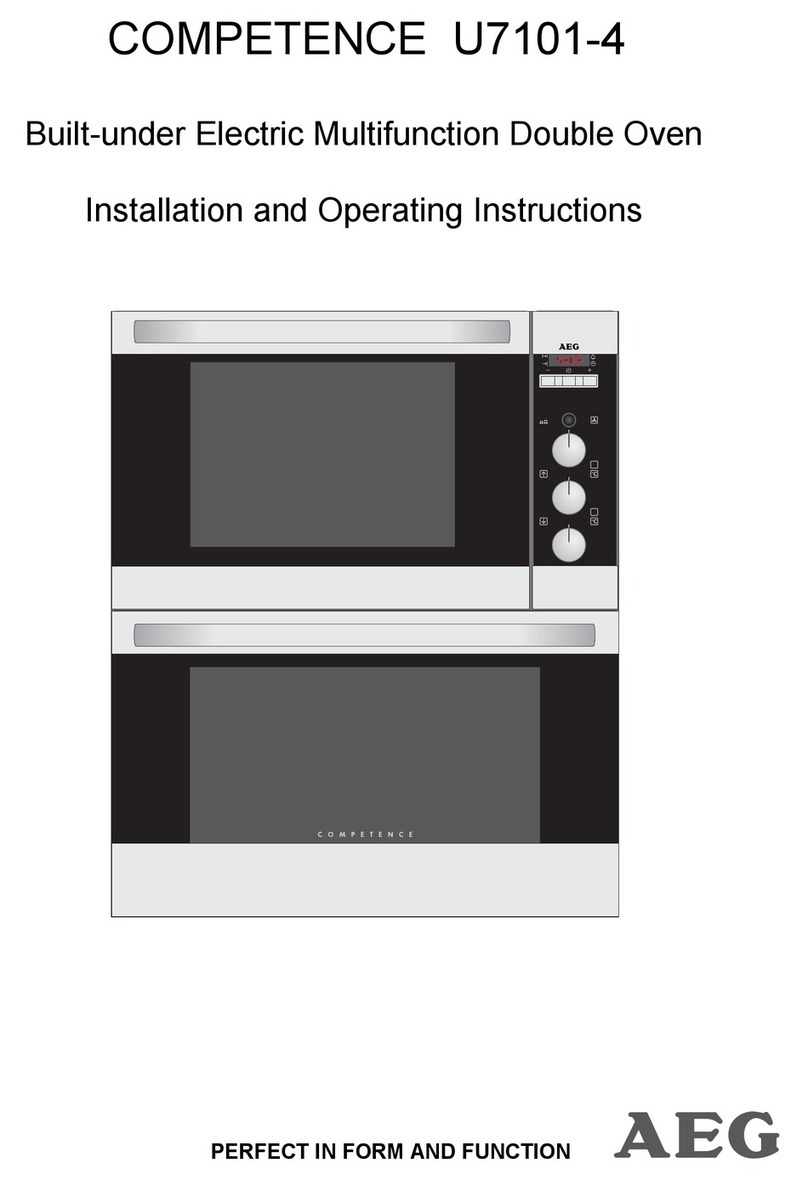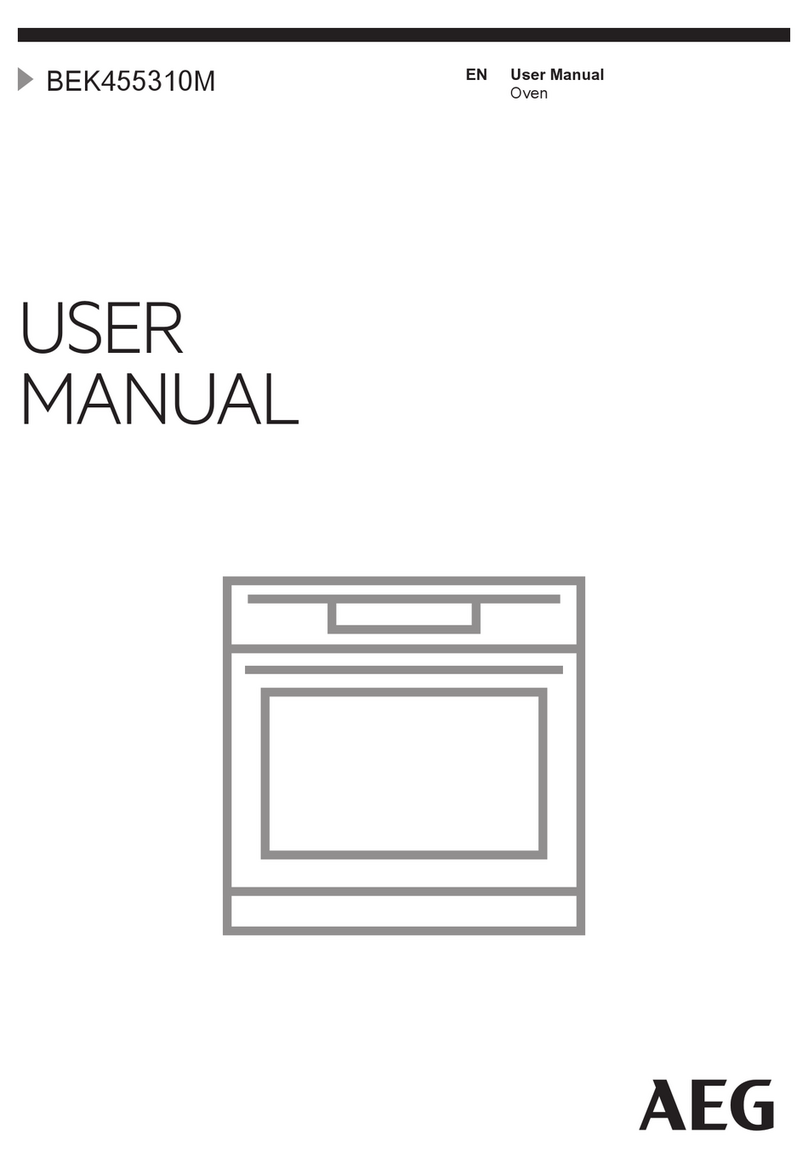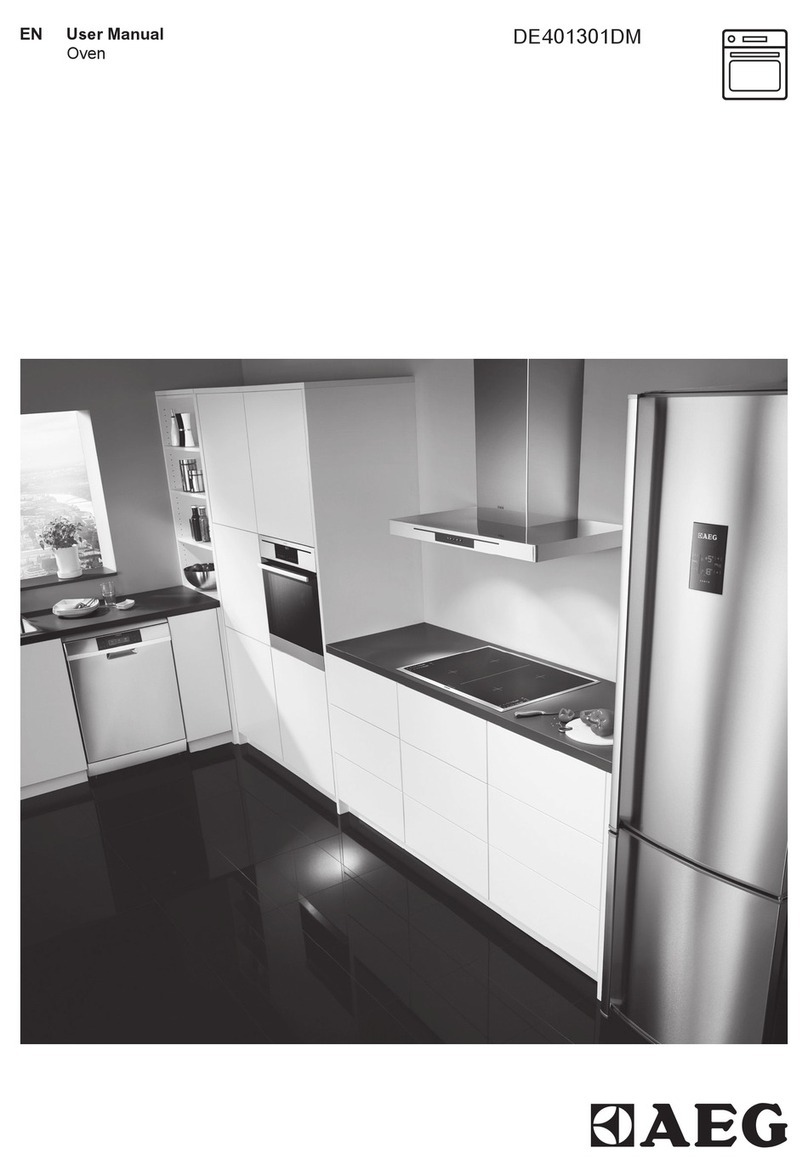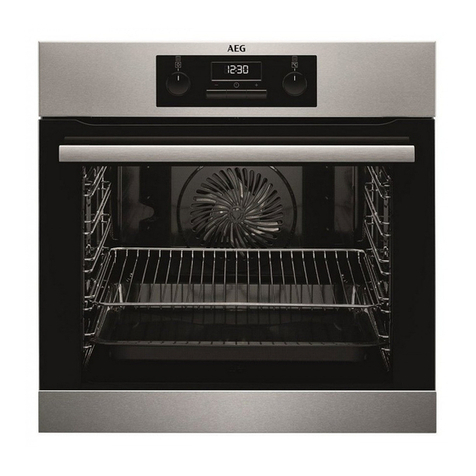
Instructions
36
1 Instructions
1.1 General safety instructions
Risk of personal injury
• During use the appliance and its
accessible parts become very hot.
Never touch the heating elements
during use.
• Protect your hands by wearing
oven gloves when moving food
inside the oven.
• Never try to put out a fire or flames
with water: Turn off the appliance
and smother the flames with a fire
blanket or other appropriate
cover.
• This appliance may be used by
children aged at least 8 and by
people of reduced physical,
sensory or mental capacity, or
lacking in experience in the use of
electrical appliances, provided
that they are supervised or
instructed by adults who are
responsible for their safety.
• Children must not play with the
appliance.
• Keep children under the age of
eight at a safe distance unless they
are constantly supervised.
• Keep children under the age of 8
away from the appliance when it
is in use.
• Cleaning and maintenance must
not be carried out by unsupervised
children.
• Do not cook dishes containing
large quantities of strong alcoholic
beverages. Alcohol vapours in the
oven could catch fire.
• The cooking process must always
be monitored. A short cooking
process must be continuously
monitored.
• Never leave the appliance
unattended during cooking
operations where fats or oils could
be released, as these could then
heat up and catch fire. Be very
careful.
• Do not pour water directly onto
very hot trays.
• Keep the oven door closed during
cooking.
• If you need to move food or at
the end of cooking, open the
door 5 cm for a few seconds, let
the steam come out, then open it
fully.
• Do not insert pointed metal objects
(cutlery or utensils) into the slots in
the appliance.
